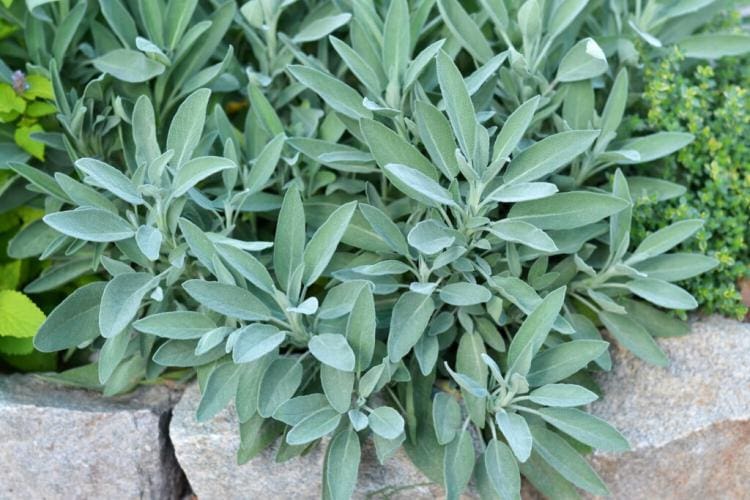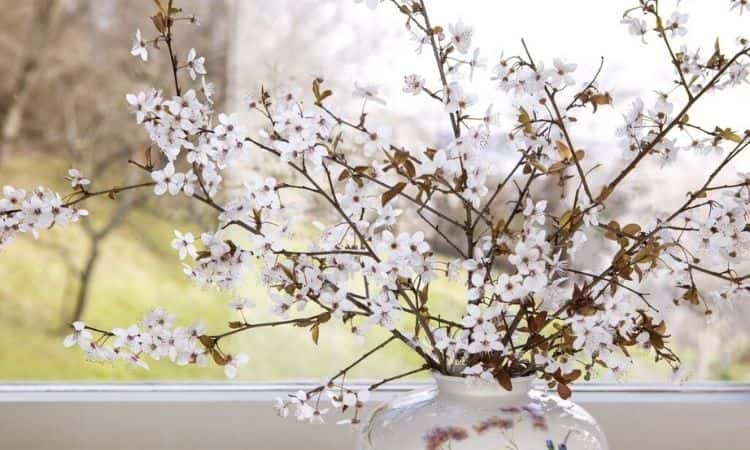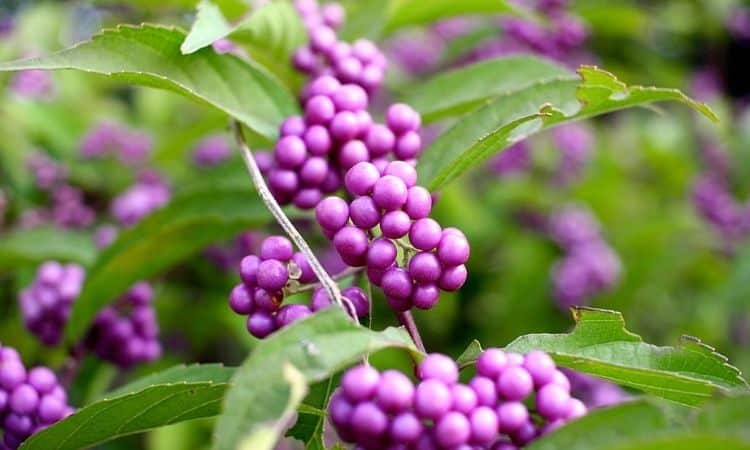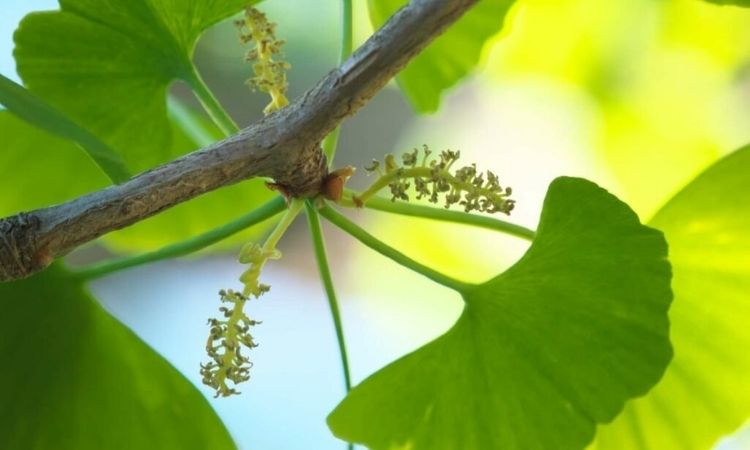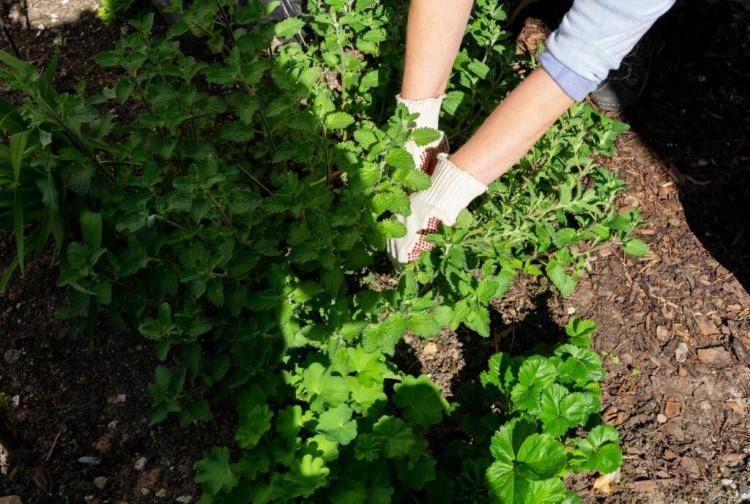The Garden Sage: The Healing Spice From Your Garden
Our northern latitudes are not home to sage, but there are many reasons why this herb should take root in our gardens.
Sage ( Salvia officinalis ) is a member of the mint family, which includes several other famous herbs such as mint and basil. The generic name Salvia, which is derived from the Latin “salvere” – “to be healthy”, suggests its beneficial effects. But not only because of its healing power, but also because of its attractive blue-violet bloom in May to July, the sage, which is native to the Mediterranean, has found its way into our gardens to the north.
As early as the Middle Ages, people rubbed a vinegar tincture into which sage leaves were placed to protect themselves from the plague. As a medicinal plant, the herb was already known in antiquity due to its rich ingredients and was specifically cultivated. However, to grow sage successfully, there are a few small things to consider.
Growing and propagating sage
Table of Contents
The subshrub, which is woody in the lower part and can reach a height of 20 to 60 cm, prefers a sunny spot in the garden. As far as the substrate is concerned, sage is very undemanding. A water-permeable, but nutrient-rich substrate favors the growth of the sage both in the flowerbed and in the culture in vessels. Nevertheless: the garden sage gets along well with very poor soils. If you want to be on the safe side, use special herbal soil.
The most promising way to multiply this popular medicinal herb is by dividing the sage stick. However, with this form of propagation, you get relatively few offspring from a mother plant. The division of the hive should take place either in early spring (March) or immediately after flowering (August).
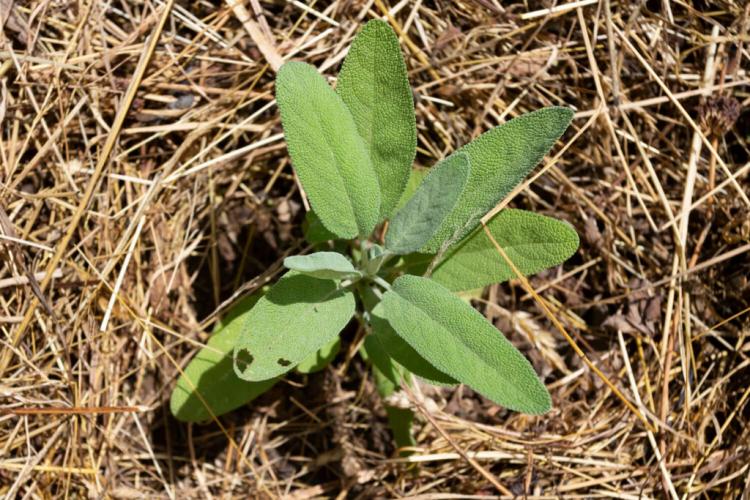
The garden sage can also be propagated well-using cuttings. In May or June, young new shoots 5 to 8 cm in length can be cut with at least three pairs of leaves. Care should be taken that the shoots do not already begin to lignify or have a flower bud at the tip of the shoot. This increases the strength of the cuttings to be able to develop roots.
Cuttings should be placed in a small nursery for the first time. This creates an environment with increased humidity. This is important so that the water requirement of the cutting is significantly reduced. Because of the lack of roots, it cannot absorb any water and if the humidity is too low, the cuttings would dry out. Once the roots have started to form, the cuttings can soon be removed from the nursery.
You might so like: Aloe Vera Care: Properly Watering, Fertilizing And Cutting
If sage is propagated via seeds, this should also be done in spring. As with almost all sowings, it is important to ensure that the swelling seed is kept well moist and covered with a thin layer of the substrate to protect it from drying out. If you decide to propagate the garden sage by sowing, you should think about growing the seedlings in a warm place as early as March. This means that the young plants can be planted outdoors from May onwards and bloom earlier and more profusely in the same year than with direct sowing outdoors, which is recommended for the beginning of May.
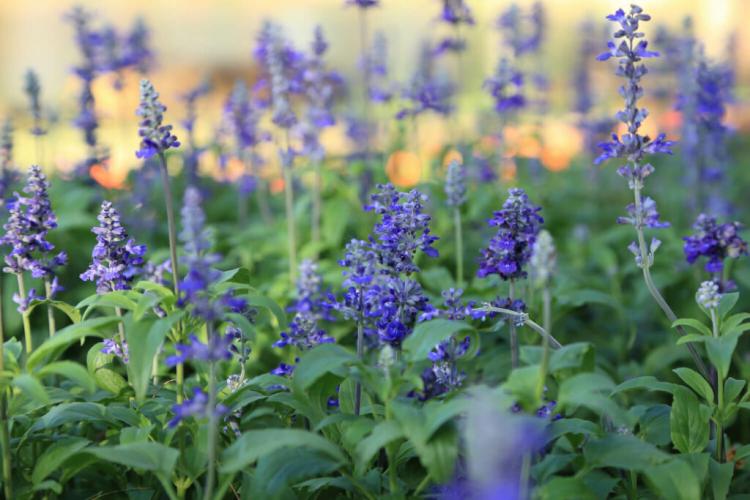
During the main growing season, i.e. after budding and until flowering, regular fertilization and balanced watering should be ensured. But be careful: If too much fertilization is used, this can mean that the sage does not bloom, but merely increases in leaf mass throughout the year. If you use a primarily organic fertilizer with a long-term effect, do not fear overfertilization. Our Gardender organic universal fertilizer is incorporated into the soil both during planting and during the main growing season and slowly and gently releases its nutrients to the sage over a period of three months.
To counteract uncontrolled lignification of the sage, pruning the plant should be considered. As a good mean between too much and too little, a permanent but moderate cut has prevailed against a one-off radical cut.
Despite the relatively pronounced frost resistance of the sage, preventive protection against the cold should be made. So it makes sense to cover specimens planted in the garden with leaves or fir branches and to wrap plants cultivated in pots in floss or jute or simply to put them indoors. About the winter quarters, which protect against frost damage or even failure, the following applies to the garden sage: as long as necessary, as short as possible.
Popular varieties of sage
The greenish-gray, furry leaves are characteristic of Salvia officinalis. As far as the color and pattern of the leaves are concerned, however, there is a diverse and colorful variety of varieties, which unfortunately often comes at the expense of frost resistance. The genus Salvia is very species-rich, but here we are only introducing the varieties of garden sage. Here you will find an even greater variety of species and varieties of sage.
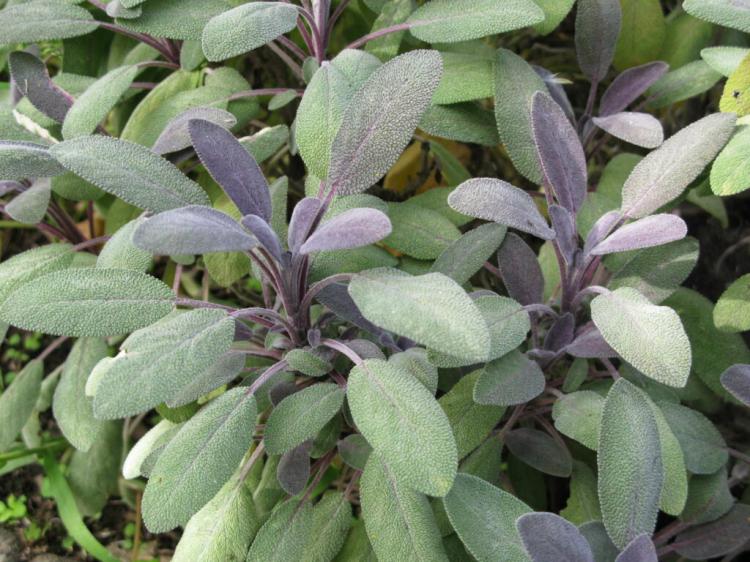
- Culinaria: classic greenish-gray leaved sage; very frost-resistant; popular as a spice in the kitchen.
- Icterine: special ornamental value due to yellow-green patterned leaves; relatively sensitive to frost.
- Kew Gold: golden yellow leaves and mauve flowers; relatively sensitive to frost.
- Tricolor: gray-green leaves with cream-colored accents; A special feature is pink to purple areas on the leaves of the young shoots.
- Variegata: variety with purple flowers, but with a striking yellow-green patterned leaf.
Sage harvest and storage
The leaves can be continuously harvested from the sage plant as early as spring. Whole young shoots can also be removed. However, care should be taken not to remove too many at once – this would cost the plant too much energy, and the energy supply for further growth would be too limited. Harvesting should take place until after flowering.
You might so like: Wild Thyme Plant: Planting And Cutting Of Thymus Serpyllum
The regrowth of leaves and shoots stops following the flowering of the sage and the leaves also lose their aroma – it lapses into a dormant phase. This resting phase could be counteracted with the early removal of the flower buds and stopped for further leaf mass production. However, this is less desirable as plants should generally be kept in their natural growth rhythm. For more information on the sage harvest, see this article.
Storage is not necessary, because sage can also be used fresh very well. However, quick but gentle drying can significantly extend the usability of the leaves. It is predestined for the drying process of sage to let tied bunches of sage hang down from the ceiling with the shoot tip pointing downwards.
Ingredients and uses of sage
Sage is very popular as a distinctive spice in the kitchen. But it is mainly because of its versatile use as a medicinal herb that the purple-flowered mint stands out. Salvia officinalis owes this to its essential oils as well as tannins and bitter substances. Leaves brewed as tea are said to have a soothing effect on inflammation in the gums, mouth, and throat. The consumption of sage tea can also counteract excessive sweating and generally have a beneficial effect on the stomach and intestinal problems.
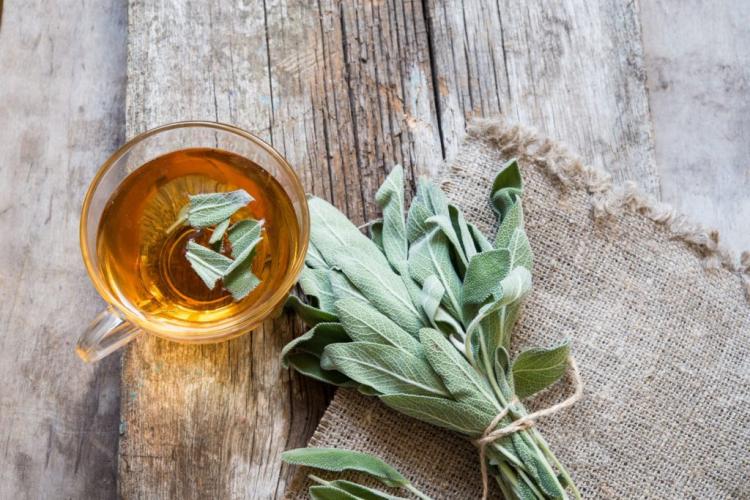
The essential oil of sage is also said to have a disinfecting and antispasmodic effect. However, the consumption of sage should not be excessive, as the tannins and bitter substances could become more of a burden for the stomach. Likewise, the thujones contained in the essential oil can develop a toxic effect if overdosed. However, that shouldn’t ban the sage from our kitchen. Due to its characteristic flavor, this medicinal herb fits perfectly into the taste of Italian cuisine – whether pasta, gnocchi, or meat dishes.
Pests and diseases of sage
The greatest challenge is to protect the young shoots of the sage from being eaten by snails. If the irrigation is too watery or fluctuates too much, the root neck rot ( Phytophthora ) is often to be found. Infestation with this fungus initially manifests itself in the wilting of individual parts of the plant and usually ends with the death of the entire plant. Harmful insects cannot be observed outdoors, but if the sage is kept indoors, it is susceptible to aphids, red spider mites, and whiteflies.
